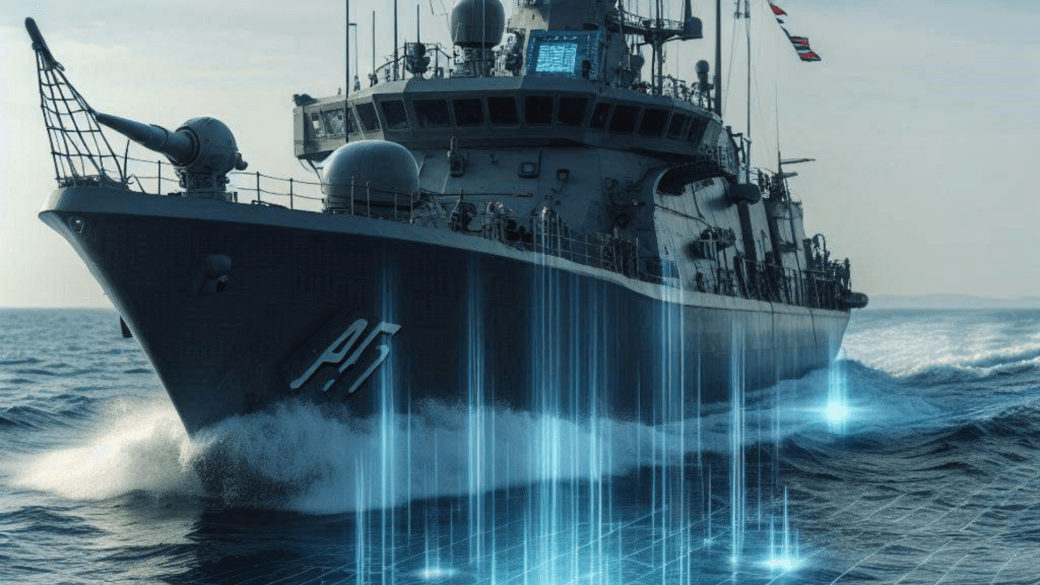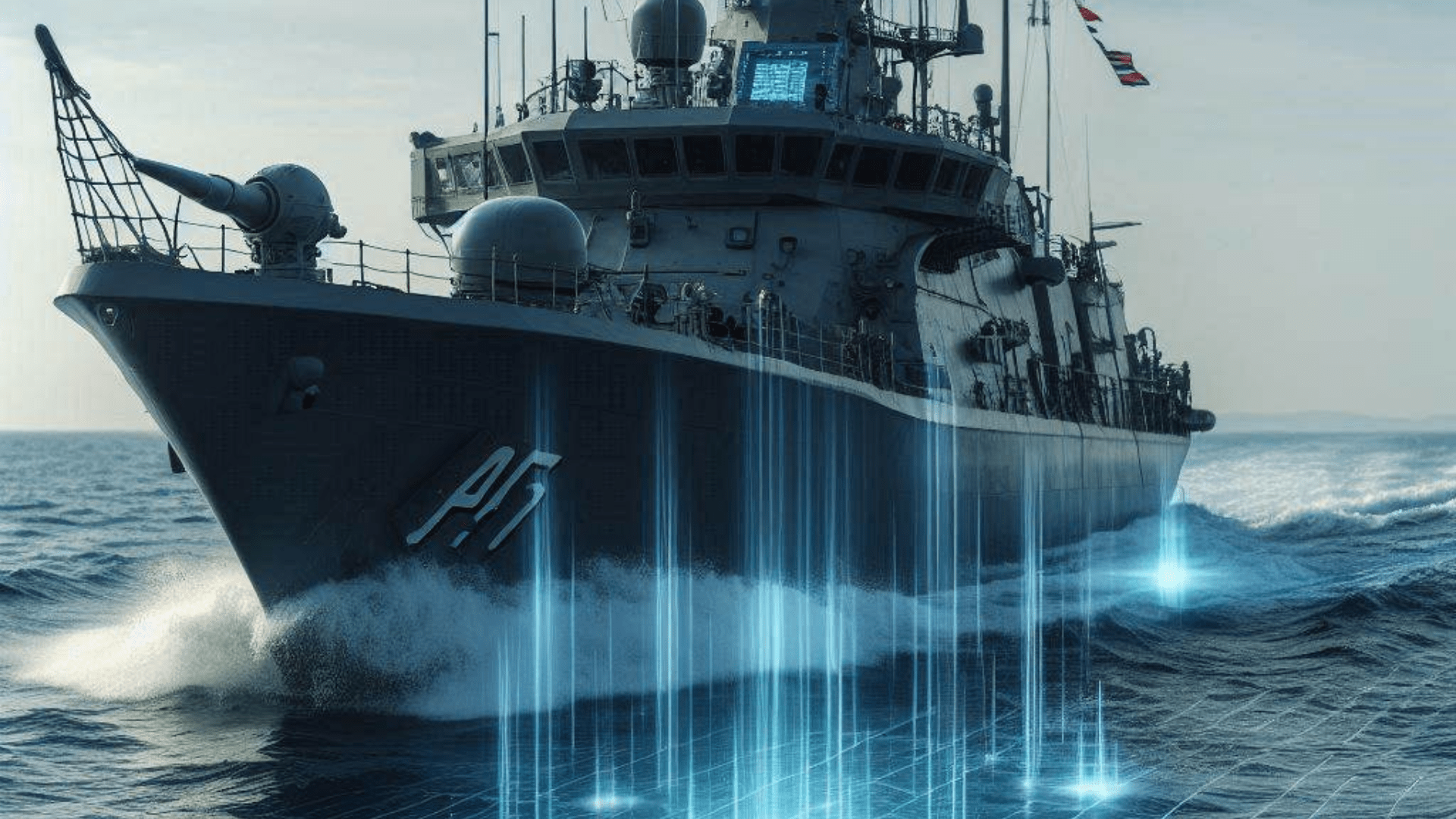Sonar, short for “Sound Navigation and Ranging,” is a technology that uses sound waves to detect, locate, and identify objects underwater. Originally developed for military purposes, sonar has evolved into a versatile tool applied in various industries. This technology provides invaluable data, from mapping the ocean floor to detecting underwater hazards.
Understanding the Basics of Sonar Technology
What Does “Sonar” Stand For?
SONAR stands for Sound Navigation and Ranging. Sonar is a technology that uses sound waves to detect, locate, and measure objects underwater. It operates by emitting sound pulses and analyzing the echoes that bounce back from objects. Sonar is commonly used in navigation, communication, and exploration in marine environments, as well as in military and scientific applications
What is LiDAR?; Understand In Simple Way
Brief History of Sonar Technology
Sonar technology traces its origins to the early 20th century, driven by the need to detect submarines during World War I. Early experiments in underwater acoustics were influenced by the work of pioneers like Lewis Nixon and Paul Langevin, who developed the first practical systems using sound waves. The technology advanced significantly during World War II, with improved designs for detecting enemy vessels and navigating underwater. Post-war developments expanded sonar’s applications into oceanography, fishing, and geological exploration. Today, sonar remains a vital tool for both military and civilian uses, constantly evolving with advancements in digital and acoustic technologies.
Use IoT In Homes For Easy And Rich Lifestyle
How Sonar Works?

Sonar operates by using sound waves to detect objects underwater and measure distances. Here’s a step-by-step breakdown of how it works:
1. Sound Wave Emission
The sonar system sends out sound waves, or “pings,” into the water. These sound waves travel at a specific speed through the medium (water). The frequency and intensity of the sound waves vary depending on the type of sonar.
2. Sound Wave Interaction
When the emitted sound waves encounter an object or surface (like the ocean floor, a shipwreck, or fish), they bounce back, or “echo,” towards the sonar system. The way the sound waves interact with the object (whether they reflect, absorb, or scatter) helps determine its location and size.
3. Echo Detection
The sonar system has a receiver that listens for the returning sound waves. The time it takes for the sound to travel to the object and back is measured, which helps calculate the distance between the sonar device and the object.
4. Data Interpretation
The sonar system processes the time it took for the sound waves to return and uses this information to create an image or map of the underwater surroundings. The results are often displayed as a graphic representation, known as a sonar “image” or “map,” which shows the location of objects, their size, and shape.
What is Machine Learning? :understand in simple way.
Active Sonar vs. Passive Sonar
- Active Sonar: Active sonar emits sound waves (or pings) into the water, which bounce off objects and return as echoes. The sonar system then analyzes the time it takes for the sound to return to determine the distance and location of the object.
- Passive Sonar: Passive sonar does not emit any sound waves. Instead, it listens for sounds naturally produced by objects, such as the noises made by ships, submarines, marine life, or underwater machinery.
Lets Understand with this table.
| Feature | Active Sonar | Passive Sonar |
|---|---|---|
| Sound Emission | Emits sound waves and listens for echoes | Listens for natural sounds (does not emit sound) |
| Detection Range | Provides precise distance measurements | Limited by the strength and clarity of sounds |
| Stealth | Can be detected (because it emits sound waves) | Stealthy, can’t be detected |
| Applications | Navigation, mapping, detecting underwater objects | Monitoring, surveillance, detecting silent objects |
| Environmental Impact | Can be affected by water conditions | Less affected by environmental factors |
Key Components of a Sonar System

A sonar system consists of several critical components that work together to detect and analyze underwater objects. Here are the main components:
1. Transducer
- Function: The transducer is the key component that generates and receives sound waves. It converts electrical signals into sound waves (when transmitting) and converts the returning sound waves (echoes) into electrical signals (when receiving).
- Types: There are different types of transducers, including single-beam and multi-beam transducers, depending on the system’s complexity and purpose.
2. Transmitter
- Function: The transmitter sends electrical pulses to the transducer, which then converts them into sound waves. It controls the frequency, strength, and duration of the transmitted pulses.
- Role: Ensures that the right signals are sent out to the transducer for accurate detection.
3. Receiver
- Function: The receiver picks up the sound waves that have bounced back (echoes) from objects in the water. It converts these sound waves back into electrical signals.
- Role: Helps detect the echoes and send them for processing to determine the distance and shape of the detected objects.
4. Signal Processor
- Function: The signal processor analyzes the received echoes and converts them into meaningful data. It calculates the time it took for the sound waves to return, which helps determine the distance to the object.
- Role: Processes raw data from the receiver and interprets it to create a visual or numerical representation of the underwater environment.
5. Display Unit
- Function: The display unit shows the processed sonar data to the user. This could be in the form of a visual representation, such as a map, chart, or image, that illustrates the location and characteristics of detected objects.
- Role: Allows the operator to view and interpret the sonar data in a user-friendly format.
6. Power Supply
- Function: Provides the necessary electrical power for the entire sonar system. This is crucial for running the transmitter, receiver, processor, and display unit.
- Role: Ensures continuous and stable operation of the sonar system.
7. Control Console
- Function: The control console is the interface where the operator manages the sonar system. It includes controls to adjust settings like the frequency, range, and power of the sonar signals.
- Role: Provides the operator with the ability to configure the sonar system and monitor its performance.
8. Data Storage/Recording Device
- Function: This component records sonar data for later analysis. It stores data from the sonar signals, echoes, and processed results, allowing operators to review the information after the system is in use.
- Role: Essential for research, mapping, and long-term monitoring purposes.
9. Mechanical Housing (for underwater use)
- Function: In underwater sonar systems, the mechanical housing protects the sonar equipment from water pressure and environmental conditions.
- Role: Ensures the integrity and functionality of the sonar system in harsh underwater environments.
Summary of Sonar System Components
| Component | Function |
|---|---|
| Transducer | Converts electrical signals to sound waves and vice versa |
| Transmitter | Sends electrical pulses to the transducer |
| Receiver | Receives echoes from objects and converts them to electrical signals |
| Signal Processor | Analyzes the echoes and calculates object distances |
| Display Unit | Shows sonar data to the operator in a visual format |
| Power Supply | Provides electrical power to the system |
| Control Console | Interface for controlling and adjusting the system |
| Data Storage | Records sonar data for later analysis |
| Mechanical Housing | Protects the system in underwater environments |
Types of Sonar Systems

Navigation Sonar
Navigation sonar is a type of sonar system specifically designed to help vessels navigate safely by detecting underwater obstacles, measuring water depth, and providing real-time data to avoid collisions and hazards. It is commonly used on ships, submarines, and underwater vehicles like remotely operated vehicles (ROVs).
Imaging Sonar
Imaging sonar is a technology that uses sound waves to create images of underwater objects and environments. It works by emitting sound pulses and then listening for the echoes that bounce back from objects in the water. The time it takes for the echoes to return, as well as the strength of the echoes, can be used to determine the distance, size, and shape of the objects.
Communications Sonar
Sonar, an acronym for Sound Navigation and Ranging, is a technology that uses sound waves to detect, measure distance, and determine the direction of objects underwater. It’s a crucial tool for various applications
What Is Cloud Computing? Learn In Simple Way.
Applications of Sonar Technology

Sonar in Military and Defense
Anti-Submarine Warfare
Sonar is a vital tool for detecting and tracking submarines, making it a cornerstone of naval defense strategies. By emitting sound waves and listening for echoes, sonar systems can pinpoint the location of enemy submarines, even in the vastness of the ocean
Mine Detection
In areas suspected of containing underwater mines, sonar can be used to locate and identify these dangerous devices. This helps ensure the safety of ships and personnel by allowing for safe navigation and clearance operations
Sonar in Maritime Navigation
Fishery Industry Uses
Sonar systems are widely used in commercial fishing to locate schools of fish. By analyzing the sound waves reflected off fish, fishermen can target specific species and maximize their catch.
Recreational Boating and Safety
Recreational boaters often use sonar to map underwater terrain, locate fish, and avoid obstacles like rocks and sunken objects. This enhances safety and makes boating more enjoyable.
Sonar in Scientific Research
Oceanographic Studies
Sonar is indispensable for mapping the ocean floor, studying underwater geological formations, and understanding the dynamics of ocean currents. By analyzing the sound waves reflected from the seabed, scientists can create detailed maps of the underwater world
Marine Biology and Ecosystems
Marine biologists utilize sonar to track the movements of marine animals, study their habitats, and monitor the health of marine ecosystems. This information is crucial for conservation efforts and understanding the impact of human activities on the ocean
Sonar Technology in Modern Vehicles

Sonar in Submarines
Submarines heavily rely on sonar for navigation, communication, and detecting underwater threats. Sonar allows submarines to operate stealthily and effectively, even in the darkest depths of the ocean
Sonar in Autonomous Underwater Vehicles (AUVs)
AUVs equipped with sonar can explore and map underwater environments independently. This technology is used for scientific research, ocean exploration, and search and rescue missions
Environmental Impact of Sonar
Effects on Marine Life
Many marine animals, such as whales, dolphins, and porpoises, rely on echolocation to navigate, communicate, and find food. Sonar systems, particularly those using high-intensity sound, can interfere with these natural behaviors. The loud noise can disrupt their communication, disorient them, and even lead to physical harm. In some cases, exposure to intense sonar has been linked to mass strandings of marine mammals.
Regulations and Mitigation Measures
To mitigate the negative impacts of sonar on marine life, various regulations and guidelines have been implemented. These measures aim to balance the need for technological advancement with the protection of marine ecosystems
Conclusion
Sonar technology has become an indispensable tool across multiple fields, from national defense to environmental science. As sonar continues to advance, its impact on safety, exploration, and communication under the sea will likely grow.
FAQs
- What is the main purpose of sonar?
Sonar is primarily used for detecting, locating, and identifying objects underwater, with applications in navigation, defense, and research. - How does sonar affect marine animals?
Sonar can disrupt marine life, especially animals that rely on echolocation. Regulations help mitigate these impacts. - What are the two main types of sonar?
Active sonar, which emits sound waves, and passive sonar, which listens to sound waves produced by objects. - Can sonar be used for communication?
Yes, sonar is used in underwater communication where radio waves are ineffective. - What industries rely on sonar technology?
Key industries include defense, maritime navigation, fisheries, and scientific research.
